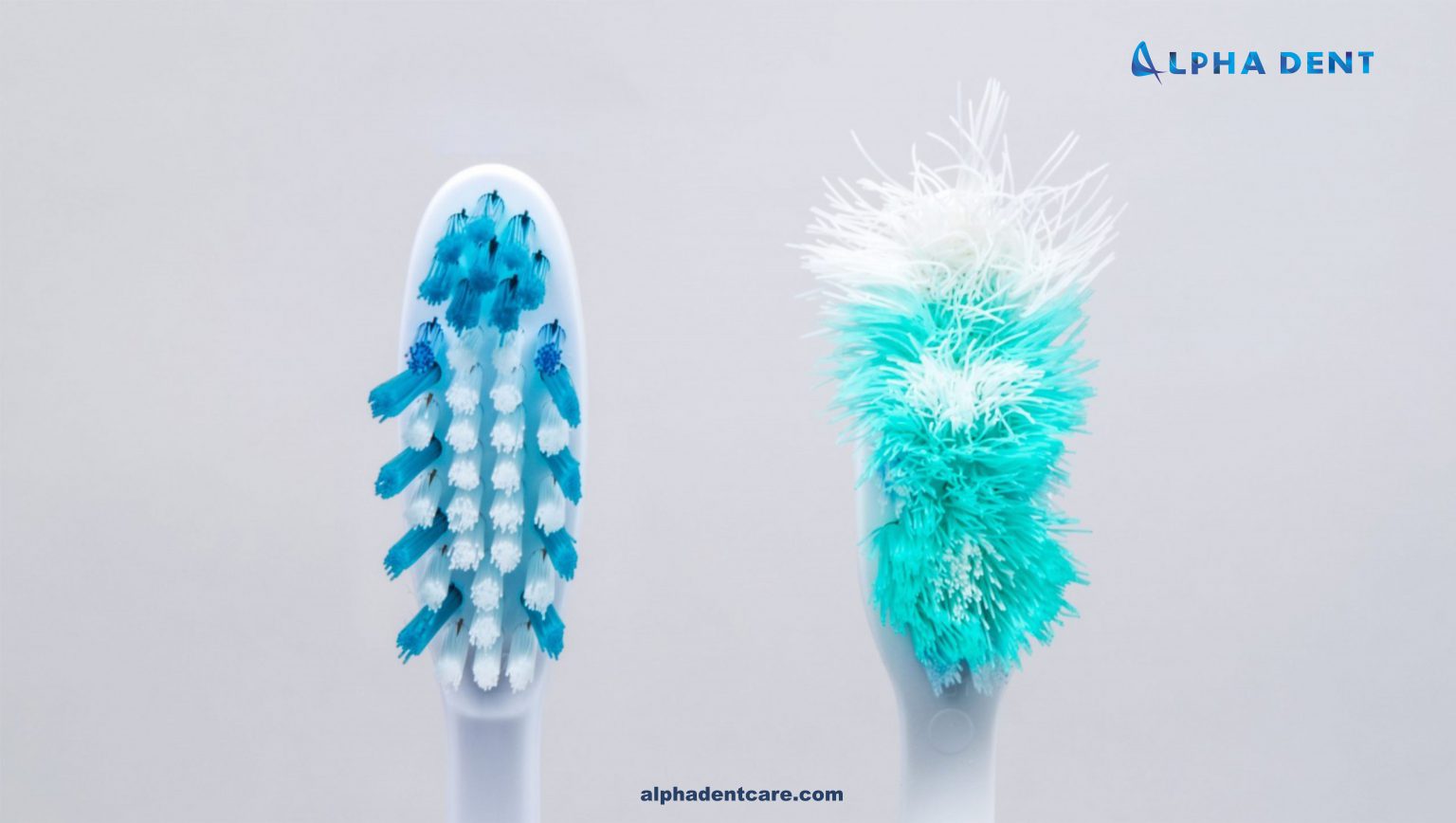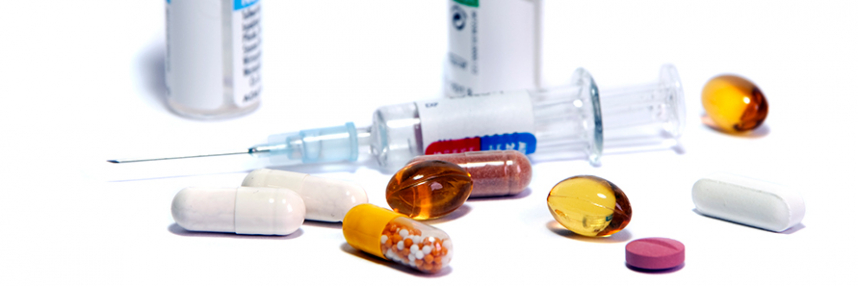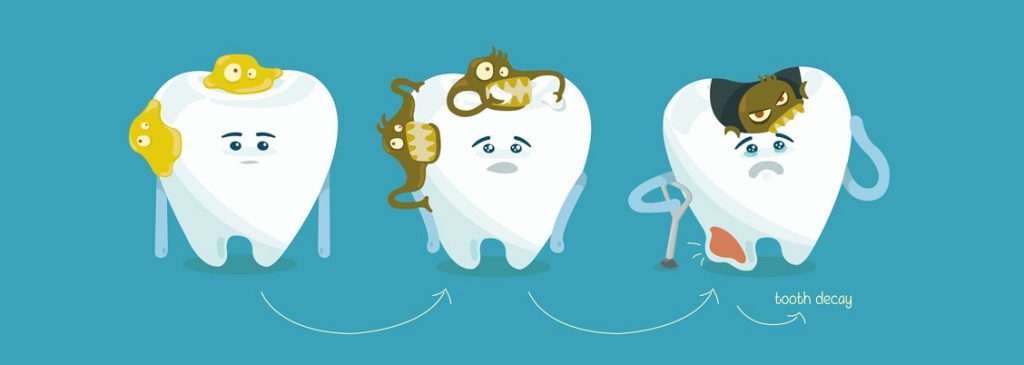Oral aphthous, or more scientifically, recurrent aphthous stomatitis (RAS), is a disorder characterized by recurrent wounds limited to the oral mucosa in patients who have no other signs of systemic disease.
This lesion is relatively common and occurs in approximately 20% of people.
How to Detect an Aphthous:
These lesions are limited to the oral mucosa and are accompanied by the initial sign of burning like the sensation of a small rash on the mucosa about 2 to 48 hours before the main wound, and then a red area develops, which eventually becomes sore and it will get bigger in the next 48 to 72 hours.
The final shape of the aphthous that we see will be in the form of a central white area (necrosis) that is surrounded by a red area.
Is it Possible to Have Several Aphthous at the Same Time?
Yes, Aphthous can occur either as single or multiple rounds.
Single Aphthous:They are round, symmetrical and shallow, but have no textured pendants.
Multiple Aphthous: They often occur as multiple rounds, but the number, size, and duration of their occurrence vary. They are most common in the mucous membranes of the lips and cheeks and are less common in keratinized mucosa of the palate and gums.
Categories of Aphthous:

Minor Aphthous: In most cases, this is the case (80%), their diameter is less than 1 cm and usually heals completely after 7 to 14 days and leaves no scars.
Major Aphthous: The size of this type is more than 1 cm and they remain for several weeks to several months.
Herpetiform Aphthous: This type is very rare and tends to occur in adults. The patient has more than 10 small, half-centimeter spot-like wounds that have spread over a large area of the oral mucosa.
The Cause of Aphthous (Etiology):
The exact cause of the aphthous has not yet been determined, but over the years, various studies have linked many cases to the occurrence of aphthous. These may be effective in causing aphthous, but they are not the main cause of aphthous.
1. The association between aphthous and microbial agents such as Oral Streptococcus, Helicobacter pylori, Varicella zoster virus, Cytomegalovirus, and Human Herpesvirus types 6 and 7.
2. Genetic factors (the most documented cause is heredity. People whose parents have had the aphthous, will have a 90% chance of getting aphthous).
3. Hematological defects, especially serum iron, folate or vitamin B12
4. Body immune problems
5. Topical factors such as trauma and smoking. It is interesting to know that the occurrence rate of aphthous in smokers is low and when these people stop smoking, the occurrence rate of aphthous increases in them.
6. Other related factors include anxiety, periods of psychological stress, local mucosal trauma, menstruation, upper respiratory tract infections, and food allergies.
Treatment:
Treatment is based on the severity of the disease:
In mild lesions, pain relief can be done with local anesthetics such as benzocaine and lidocaine, or with a protective agent such as Orabase to reduce pain and speed recovery.
In more severe cases, the use of high-power topical steroids such as fluconazole, betamethasone, or clobetasol and its direct placement on the lesion shorten the healing time and reduce the size of the wound.
Other medications that reduce the healing time of the aphthous include topical doxycycline and tetracycline and amlexanox paste which can be taken as a mouthwash.
Steroid injections into the lesion can be used to treat major aphthous.
If the patient does not respond to topical treatments and the aphthous does not improve, we go for systemic treatments.
Source: Burket’s Oral Medicine Book
Author: Dr. Ramezan Ebrahimi






